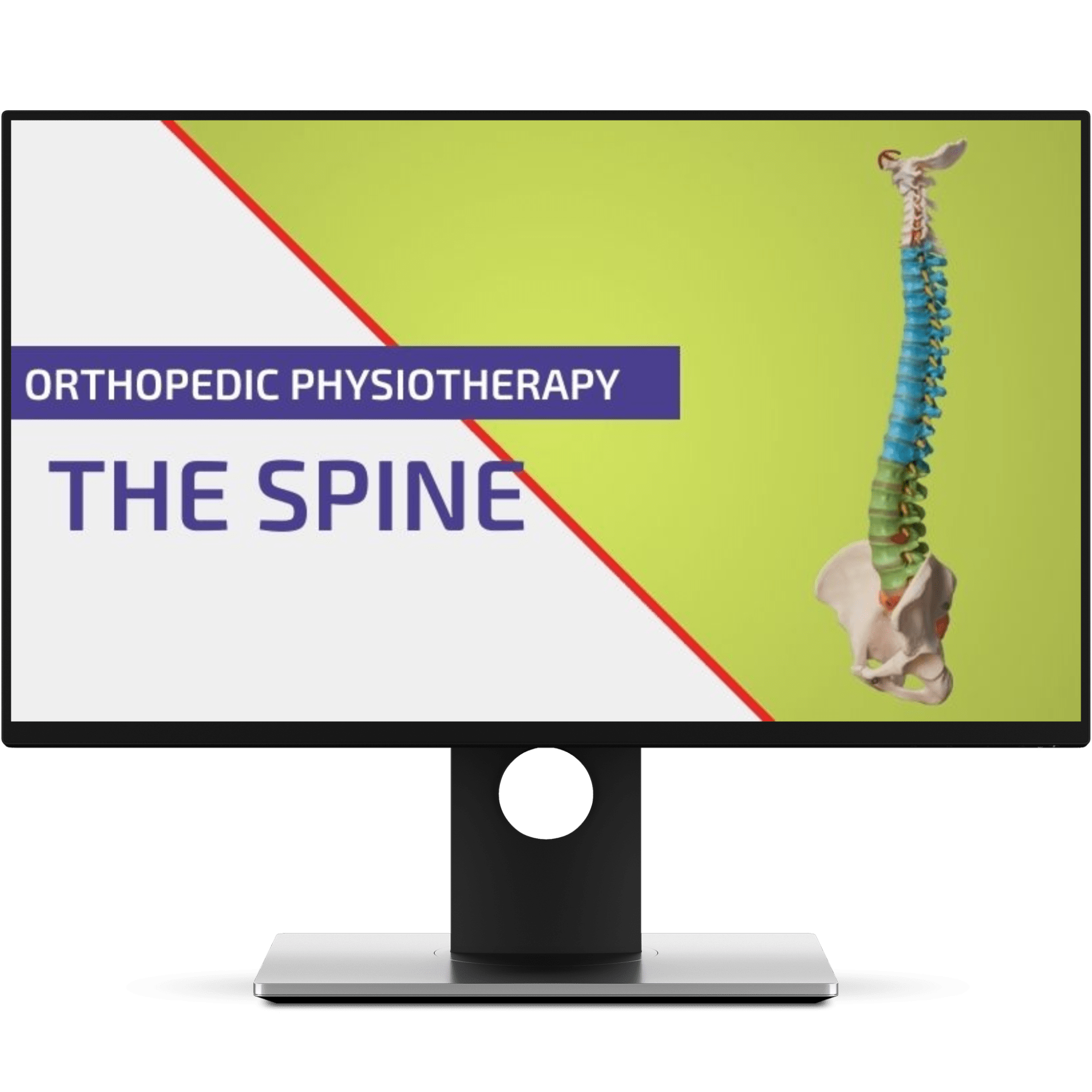Somatic Referred Pain, Nociceptive Pain, Radicular pain, or a Radiculopathy?
Distinguishing these different etiologies is hard. Do you know how to recognize them?

Somatic referred pain, nociceptive pain, radicular pain, and radiculopathies. What does this all mean and how do we distinguish them in the lumbar spine?
Today I’ll go over the topical review by Bogduk from 2009 that explains different forms of pain in, and due to the back. Let’s get right into it.
Nociceptive Pain
Nociceptive back pain occurs from noxious stimulation of structures in the lumbar spine. This usually is dull and aching pain. Saying it occurs from a structure in the spine, doesn’t mean we can identify them. We know for a while now that pinpointing specific structures is practically impossible in most cases. So remember, dull and aching pain in the back equals nociceptive pain.
Somatic Referred Pain
Somatic referred pain is the pain that occurs from the stimulation of such structures that go beyond the location. Nociceptive back pain can refer to the buttocks and further down the lower limb. This does not involve stimulation of nerve roots — but rather facet joints, discs, the sacroiliac joints, etc.
The pain is usually dull, aching, gnawing, and is sometimes described as an expanding pressure. The areas are difficult to localize and can be widespread, although they settle in a relatively fixed location. Unlike radicular pain, the distribution won’t be dermatomal. The most common locations are the thighs and gluteal areas.
Radicular Pain
This is pain evoked by discharges of the dorsal root ganglion. It is most commonly caused by a disc herniation and subsequent inflammation of the nerve.
The pain is usually shooting, piercing, and/or stabbing in nature and will travel the lower limb in a band of no more than 2 to 3 inches wide. Against popular belief, however, it is impossible to determine the causative root of radicular pain.
Orthopedic Physiotherapy of the Spine
This course will enable you to become confident in screening, assessing and treating the most common pathologies in the cervical, thoracic and lumbar spine based on the very latest evidence.

Radiculopathy
Radiculopathy occurs when the conduction of a spinal nerve or one of the roots gets blocked. Numbness occurs when sensory fibers get blocked and motor weakness occurs when this happens to motor fibers. The feeling is dermatomal in distribution, although it can differ or overlap between different individuals.
Radiculopathies are only confirmed with an objective neurological examination. This can include myotome testing, reflex testing, and sensory testing. They can occur together with radicular pain, but certainly do not always go hand in hand.
Reference

Max van der Velden
Research Manager
NEW BLOG ARTICLES IN YOUR INBOX
Subscribe now and receive a notification once the latest blog article is published.







